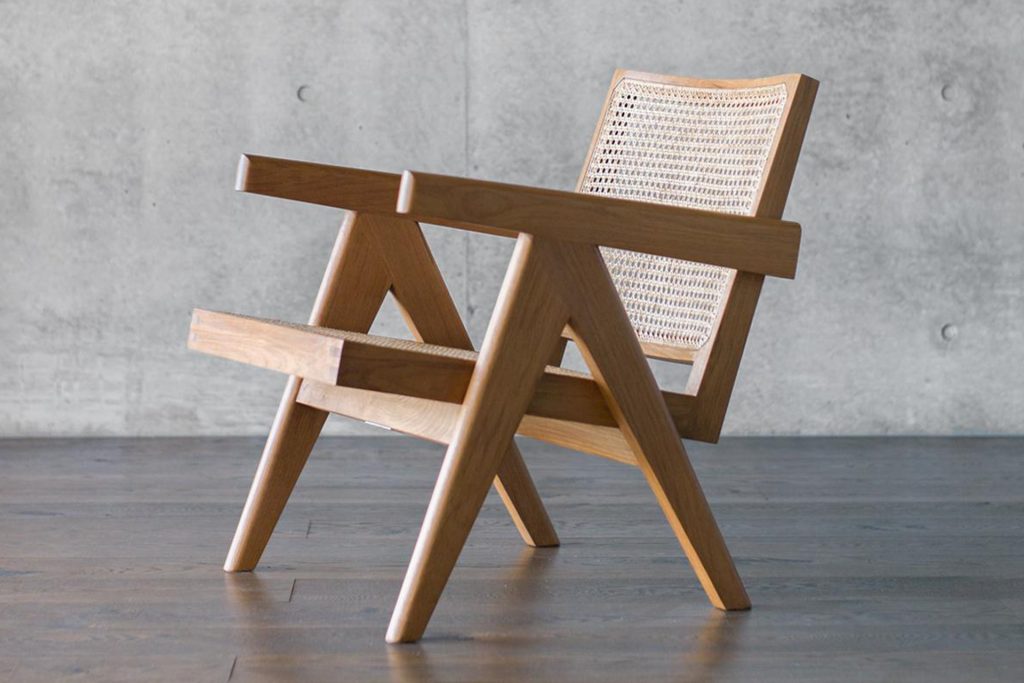ピエール・ジャンヌレ / Pierre Jeanneret

Pierre Jeanneret(1896-1967)Swiss architect
In 1922, Pierre Jeanneret collaborated with his cousin, Charles-Édouard Jeanneret (who assumed the pseudonym Le Corbusier) set up an architectural practice together. A series of furniture made by Pierre Jeanneret and local craftsmen for various architectural groups during Corbusier and Jeanneret’s urban planning of Chandigarh, India, is used in the lounge, library, and guest rooms at Rakudo-an. The production is not a reissue of a common industrial product of today, but is made entirely by hand by craftsmen at Phantom Hands, a workshop in Bangalore, India, based on the same traditional Indian handicrafts as those of the time.
India and Pierre Jeanneret
Early 1950’s he and his cousins Le Corbusier participated planning a new city (Chandigarh) in the Panjam region of northern India. One of the conditions of Corbusier’s undertaking the Chandigarh city plan was that Jeanneret would supervise the project on the site. He agreed to Corbusier’s proposal and played an important role in the comprehensive design of Chandigarh, from urban spaces to buildings and furnitures. After Corbusier left the project midway through, he continued to contribute to the development of modern architecture in India as chief architect. He stayed there for 14 years from 1951 and left India in 1965 due to illness. After his death in 1967, his ashes were scattered in Sukhna Lake in Chandigarh in accordance with Jeanneret’s wishes.

